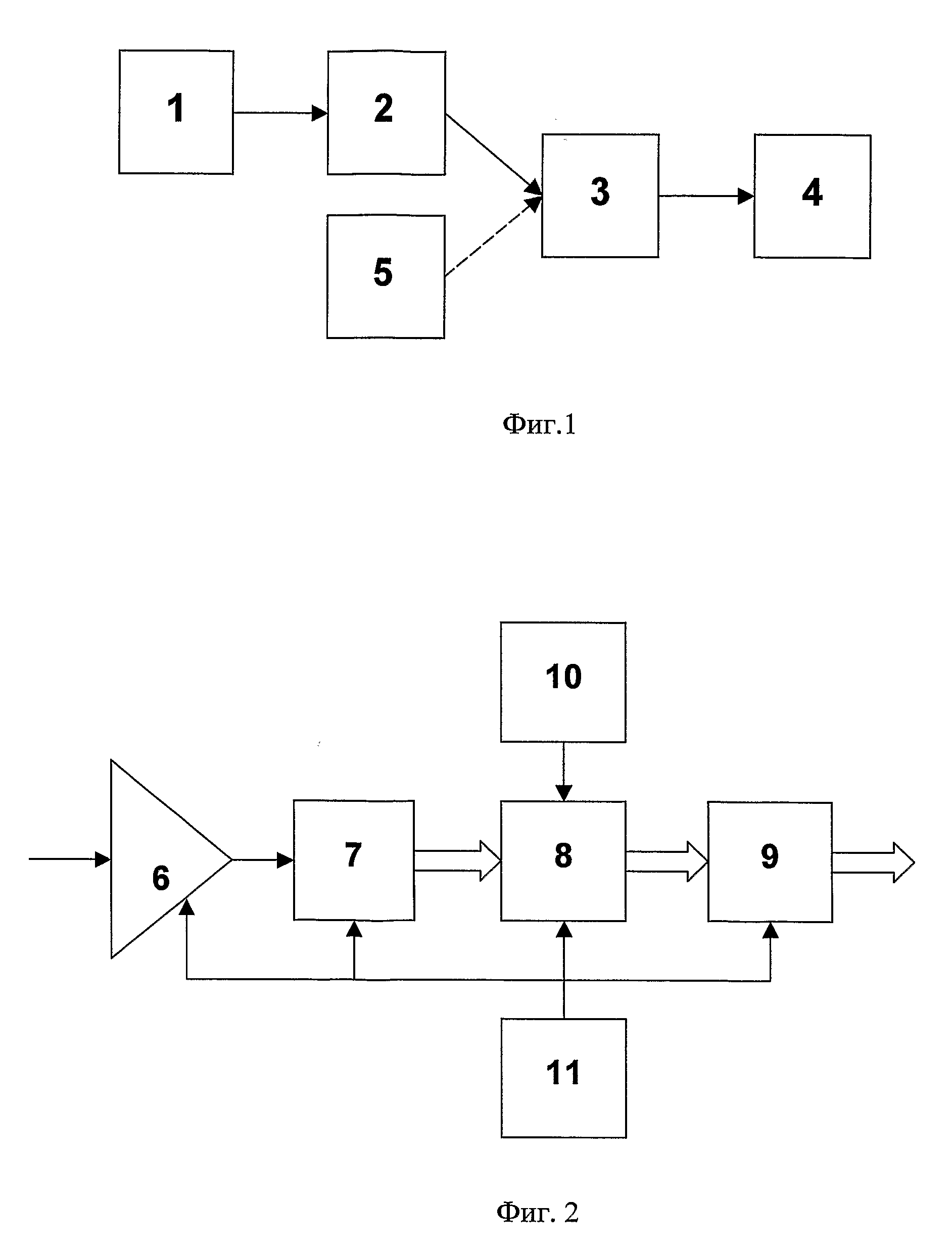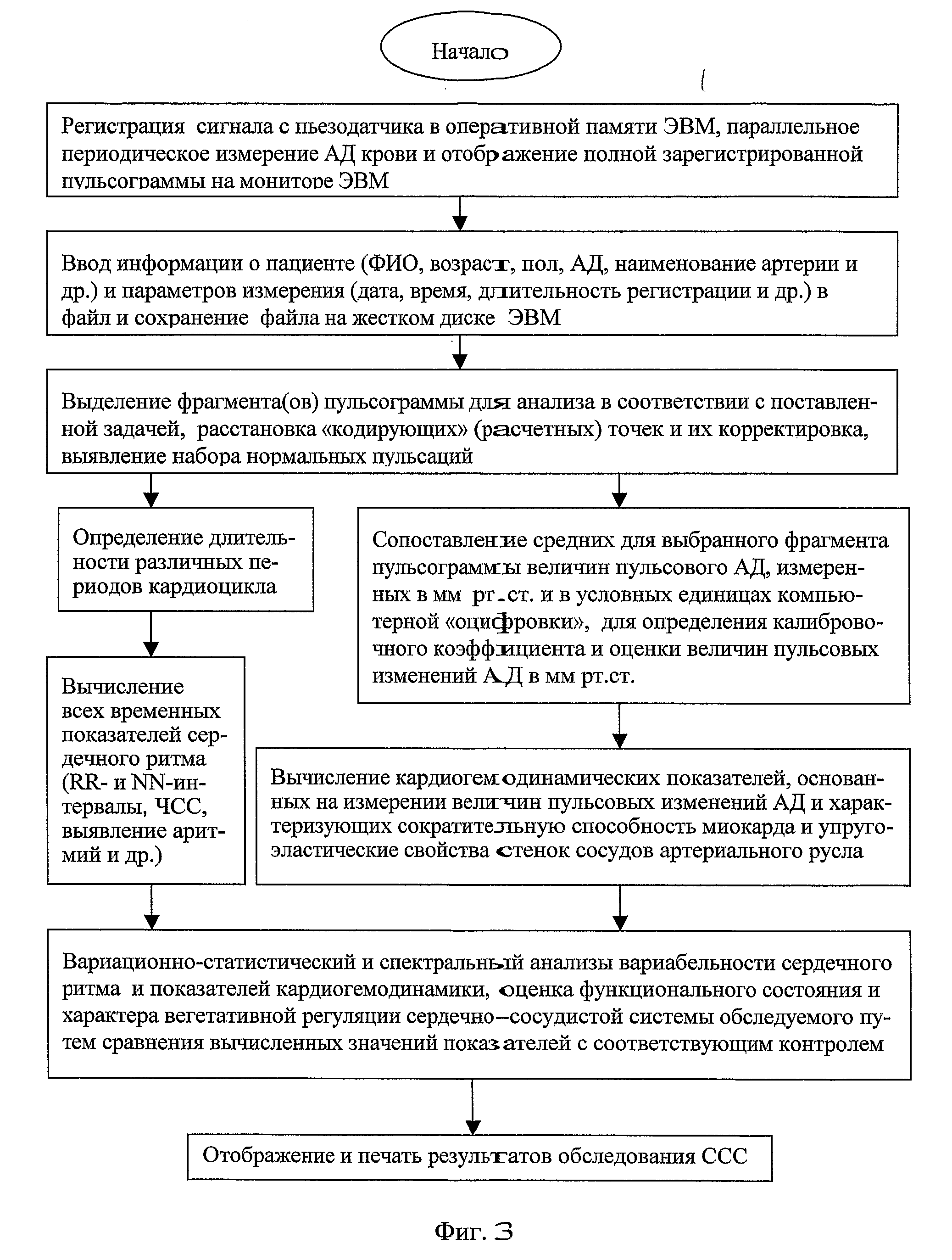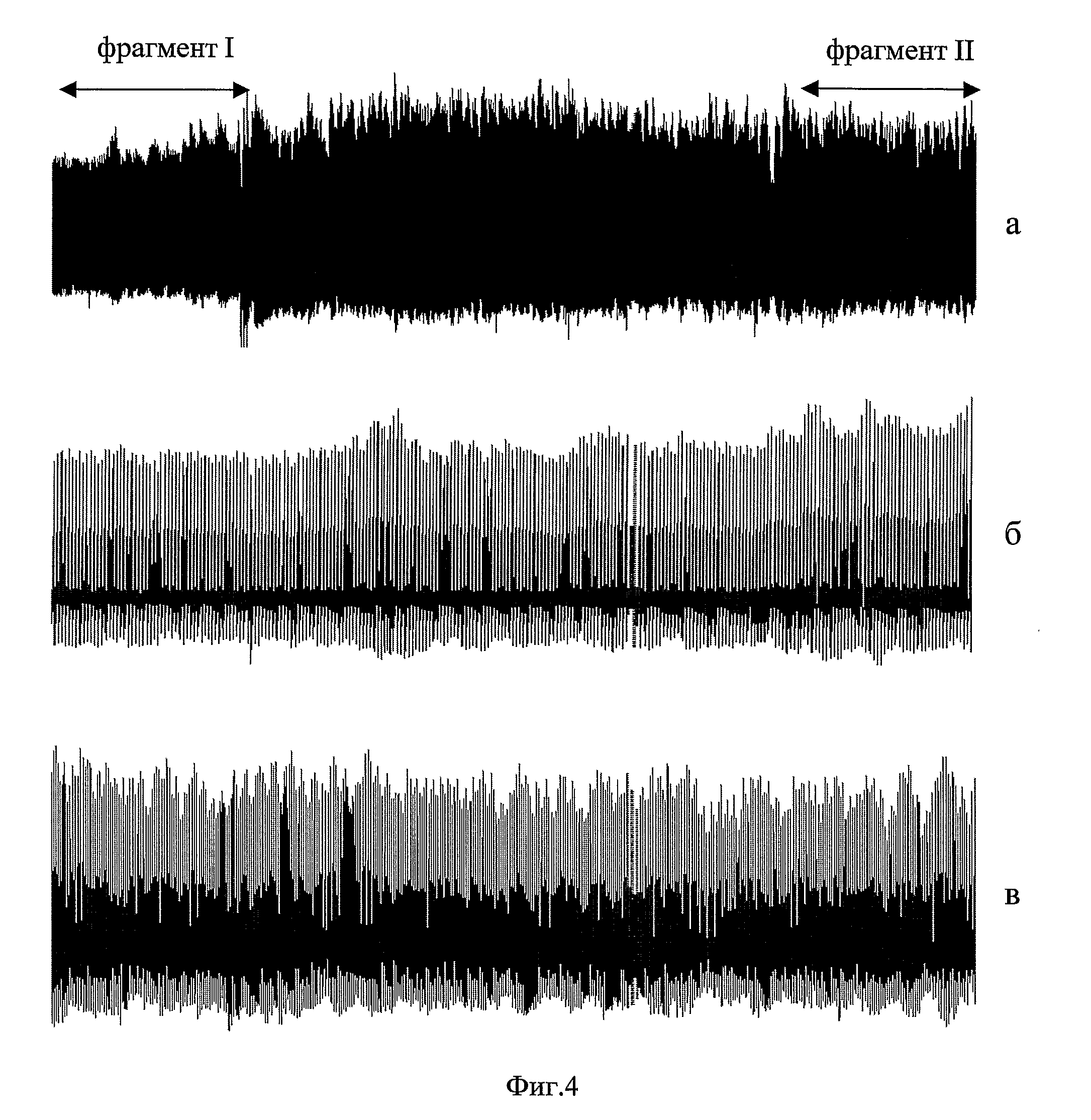Method for Assessing The Functional Condition Of Cardiovascular System
a functional condition and cardiovascular system technology, applied in the field of medicine, can solve the problems of high operator quality, complicated and expensive equipment, and inability to adequately assess cardiac dynamics, etc., and achieve the effect of simple and convenien
- Summary
- Abstract
- Description
- Claims
- Application Information
AI Technical Summary
Benefits of technology
Problems solved by technology
Method used
Image
Examples
Embodiment Construction
[0019]The device for implementing the method of the cardiovascular system pulsometric examination contains (FIG. 1) piezotransducer 1 whose output is connected to the input of the conjugating device 2 in its turn connected to the computer 3. The information will be displayed on the monitor 4. The second input of the computer 3 is connected to the output of the sphygmomanometer 5. The conjugating device 2 consists of an amplifier 6 (FIG. 2) whose output is connected with the input of the analog-digital transformer 7 (ADT) connected with the transformation block 8 whose output via the synchronizer unit 9 is connected to the computer. The step impulses from the output of the step impulses generator 10 (TPG) will be delivered to the transformation block 8. The power supply of the whole scheme will be provided by the power source 11. The analog signal from the transducer amplified to the necessary amplitude will go to the ADT input where it will be quantized with a certain discrete frequ...
PUM
 Login to View More
Login to View More Abstract
Description
Claims
Application Information
 Login to View More
Login to View More - R&D
- Intellectual Property
- Life Sciences
- Materials
- Tech Scout
- Unparalleled Data Quality
- Higher Quality Content
- 60% Fewer Hallucinations
Browse by: Latest US Patents, China's latest patents, Technical Efficacy Thesaurus, Application Domain, Technology Topic, Popular Technical Reports.
© 2025 PatSnap. All rights reserved.Legal|Privacy policy|Modern Slavery Act Transparency Statement|Sitemap|About US| Contact US: help@patsnap.com



